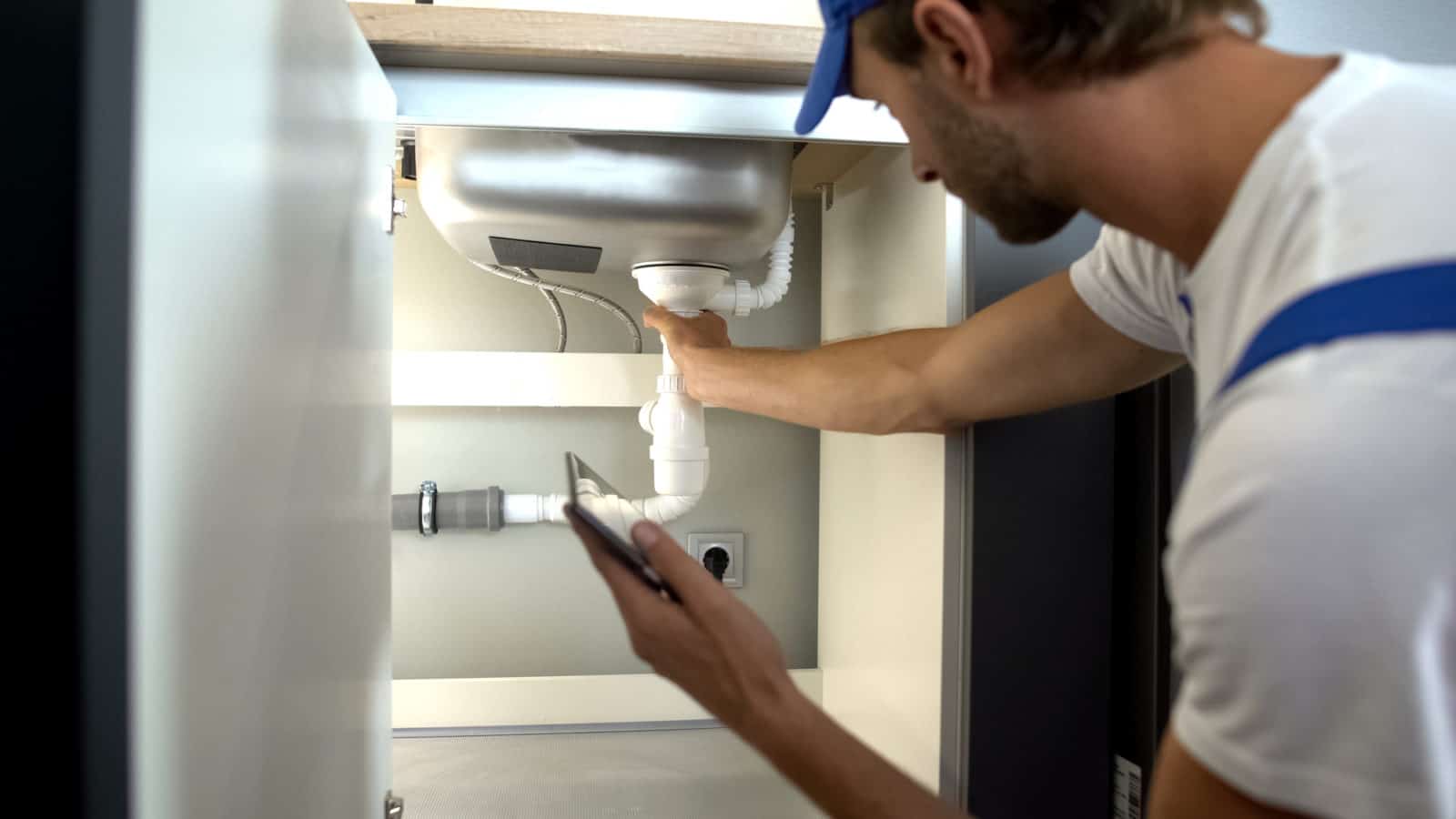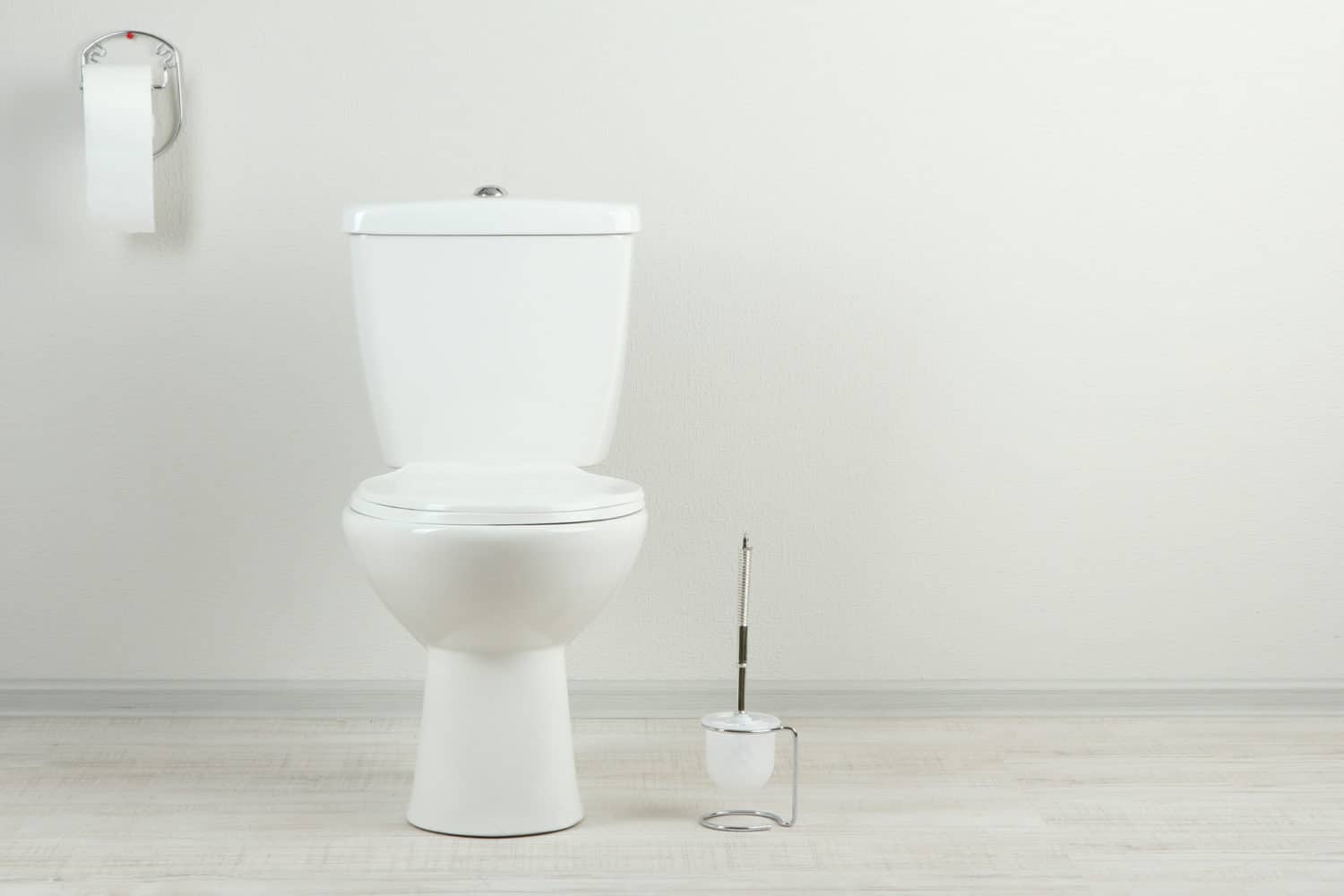A sewage smell in your bathroom is a sure sign that something is wrong. In addition to being awfully unpleasant, sewage smells in your home can make you sick.
Depending on what’s causing the odor, the issue may require immediate action. And, finding the source of the odor can be tricky, so let’s get to work. To resolve the issue, you need to do a bit of troubleshooting.
Contents
Sources of Sewer Smell
Probably, your first instinct was to examine the toilet as soon as you noticed the smell. To most of us, this seems like the most logical source of the odor.
But, sometimes, the smell will linger even after you have cleaned your bathroom and your toilet. You are most likely dealing with a bigger issue if that’s the case. Inspect the following areas of your bathroom. Your nose will help us find the first clue.
Toilet
If the smell is coming from the toilet and cleaning it didn’t help, it is most likely damaged. The vent pipe might be cut, the seal might be broken, or the toilet itself could be broken, just make sure it is flushing fully. These problems can occur when someone keeps flushing non-flushable items down the toilet (if you are wondering: Can you flush food down the toilet? The answer is no).
If there’s no running water in the house, here’s a post on how to flush a toilet with no water.
Cut Vent Pipe
If there is an unpleasant sewer odor coming from the walls near the toilet bowl, the vent pipe might be cut or improperly installed.
The vent pipe regulates the air pressure in your plumbing system. To prevent odors from leaking into your bathroom or house, it redirects them outside the building.
The vent pipe might be cracked or the plumber might have done a bad job of installing it. If there is something wrong with the vent pipe, the best course of action is to call a plumber.
Loose or Broken Seal
There are two different seals that attach the toilet to the drain. If one of them is broken or loose, sewage gases could leak into your bathroom. If your toilet doesn’t fill up normally, it could be a sign that there is something wrong with one of the seals.
It is also possible that a seal is leaking sewage and water. In that case, the smell is not coming from the sewer pipes. If the leaking water pools in crevices in and around your toilet, it will attract bacteria. The bacteria will produce a sewer-like odor as they grow.
If there is water leaking in your bathroom, make sure to check your basement. In case you find leaks there as well, check out my post on how to deal with water in the basement.
You can fix a loose or broken seal by applying caulk around it. Make sure to apply caulk to the bolt holes securing the toilet bowl to the floor as well as the toilet’s seal. If the toilet bowl is wobbly, you will have to replace the wax ring as well.
You might also want to check my guide on how to fix a toilet leaking from tank bolts.
Shower Drain
Examine the drain in your shower if you notice an unpleasant odor around your shower or bathtub. It is one of the most common sources of sewer odor. There are two main causes of a smelly shower drain:
Biofilm Accumulation
We use a variety of different products when we are in the shower. Along with natural debris such as hair and skin cells; soap, shampoo, conditioner, shaving cream, and body oils wash down the drain.
Over time, all of this stuff accumulates along the P-trap and the pipes under your bathtub. This buildup is known as a biofilm. The decomposing debris and bacteria start to release a sewage-like odor as they build up.
It can be difficult to remove because the bacteria produce sticky matter that clings to the side of the pipes. When there is a lot of biofilm in the pipes, the smell will spread from the bathtub or shower to the rest of the bathroom.
Luckily, fixing this problem should be simple, so you won’t need to call a plumber. To get rid of the smell, you need to get rid of the biofilm. You’ll have to unclog the debris the bacteria feeds off.
You can accomplish this by making your own DIY cleaner. All you need is boiling water, baking soda, and white vinegar. Once you have all the ingredients:
- Remove the shower drain by using a screwdriver;
- Boil 1 to 2 gallons of water. Wait for it to cool to 150° F and then pour it down the drain slowly;
- After pouring the water, pour 1 cup of white vinegar, preferably distilled;
- Then, follow it with half a cup of baking soda;
- Wait for a couple of hours;
- When the time is up, pour 1 gallon of hot water down the drain;
- To get rid of any remaining debris, clean the drain with a drain brush
If you don’t want to keep running into this problem, consider getting an incinerator toilet.
Dry P-Trap
If the smell persists even after you have cleaned the shower drain, the P-trap is most likely dry. The P-trap is a pipe located under your bathtub or shower that traps and holds water.
By doing so, it prevents sewer gases from creeping up your drain and funking up your bathroom. So, if there is no water in the P-trap, there is nothing to keep the gases at bay.
The water may have evaporated if you haven’t used your shower for a while. If this is the problem, running the water for a couple of minutes will resolve the issue. If the odor is still there, pour a few cups of water into every drain in the house, including the toilet and the sink.
If the odor doesn’t disappear, you are out of DIY solutions, unfortunately. You will need to call a plumber to fix or replace the P-trap.
Sink
You may have noticed an unpleasant sewer odor coming from the bathroom sink. The sink in your bathroom could have a dry P-trap, just like the shower drain. If the P-trap is working well and there’s enough water inside, the odor is most likely coming from the buildup in the overflow.
Check to see if your sink has a hole near the top. This hole is a part of the mechanism that is designed to prevent the water from overflowing and flooding your bathroom in case the drain in the sink becomes clogged. To fix the problem, all you need to do is clean the overflow hole.
- Grab a small bottle brush and some bleach;
- To remove debris, scrub the interior of the overflow hole with the bottle brush;
- Make a cleaning solution that’s half chlorine bleach and half water;
- To eliminate any lingering odors and bacteria, pour the solution into the overflow.
Read also: How to Repair Low Pressure in a Kitchen Sink
Takeaway
One of these solutions should help you get rid of the sewer odor in your bathroom. If you are lucky, you will be able to get rid of the smell with a more thorough cleanup. However, if the problem still persists even after you tried all of these solutions, it is time to call the plumber.




